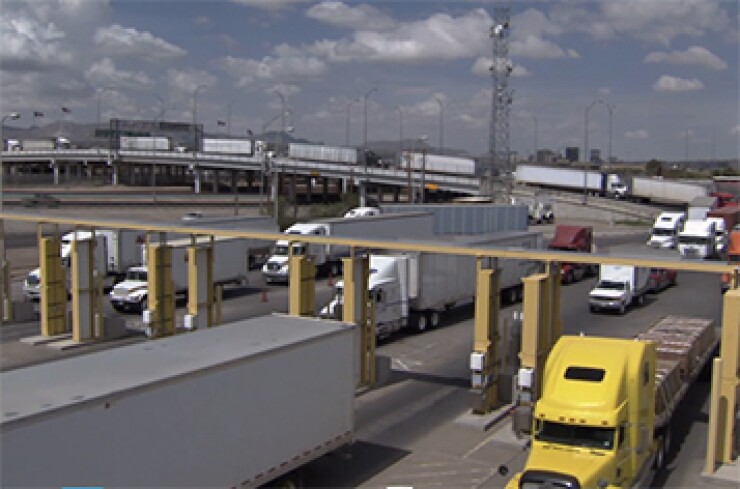Frequently at children’s birthday parties, a guest magician will utter the well-worn phrase “now you see it, now you don’t” – and a bouquet of flowers disappears. For many, it’s a heartwarming memory. But what does that have to do with insurance? It relates to the vast quantity of questions on an application for commercial lines insurance.
It’s daunting for a business owner to come face-to-face with the numerous blanks on an insurance application. Much of the required information is not immediately at hand – or not understood at all. For distributors, the familiarity with the content is certainly there – at least for seasoned personnel. But the time it takes to fill empty boxes keeps them away from more value-added interactions with customers. On the other side of the transaction, company underwriters need information to price and underwrite the risk. For a very long time, the industry has been at a stalemate. A conundrum? Not any longer.

Enter data prefill and new data sources. Data prefill certainly isn’t new – personal lines insurers have employed it for some time. But, the impetus to utilize the capabilities in commercial lines has not been present until now. Business owners require a simpler application process and distributors need to be freed from clerical tasks. Undertaking a data prefill initiative may be a simple decision for some organizations – but for others it may be a challenge. In either instance, SMA has a
Given the press that organizations such as Cake Insure and Pie Insurance have received, it might be easy to assume that data prefill is all about small business and workers’ compensation. Clearly, there are significant opportunities in the small business arena to condense insurance applications down to three, four, or five pieces of data. Evan Greenburg, CEO of Chubb, has declared that the current 30 questions in small business applications will be condensed to around seven questions in the upcoming 18 months. However, it would be a mistake to assume that data prefill is just about one commercial lines segment.
In fact, insurers covering all but the most complex jumbo commercial lines have an amazing opportunity to utilize the same data integration techniques for data prefill to automatically integrate data into more complex lines of business – to improve data accuracy and thus drive profitability. Regardless of the line of business or size of the business insured, augmenting application data with new, emerging data can support underwriters in their decision making. And, perhaps it can eliminate the need to obtain information from business owners and distributors and promote a much greater degree of accuracy. SMA’s recently released report,
And this brings us back to “now you see it, now you don’t” and the disappearing questions on commercial lines applications. Having spent a long time as an underwriter, I recognize that it is unsettling to think about losing the data elements that one has relied on to make decisions. However, with data prefill, that data can be found and utilized in many ways: eliminating questions on applications for small businesses and prefilling internal systems for more accurate decisions on complex lines. No one will be deprived of data – the source will just be different – an insurance magician’s answer to several challenges!





